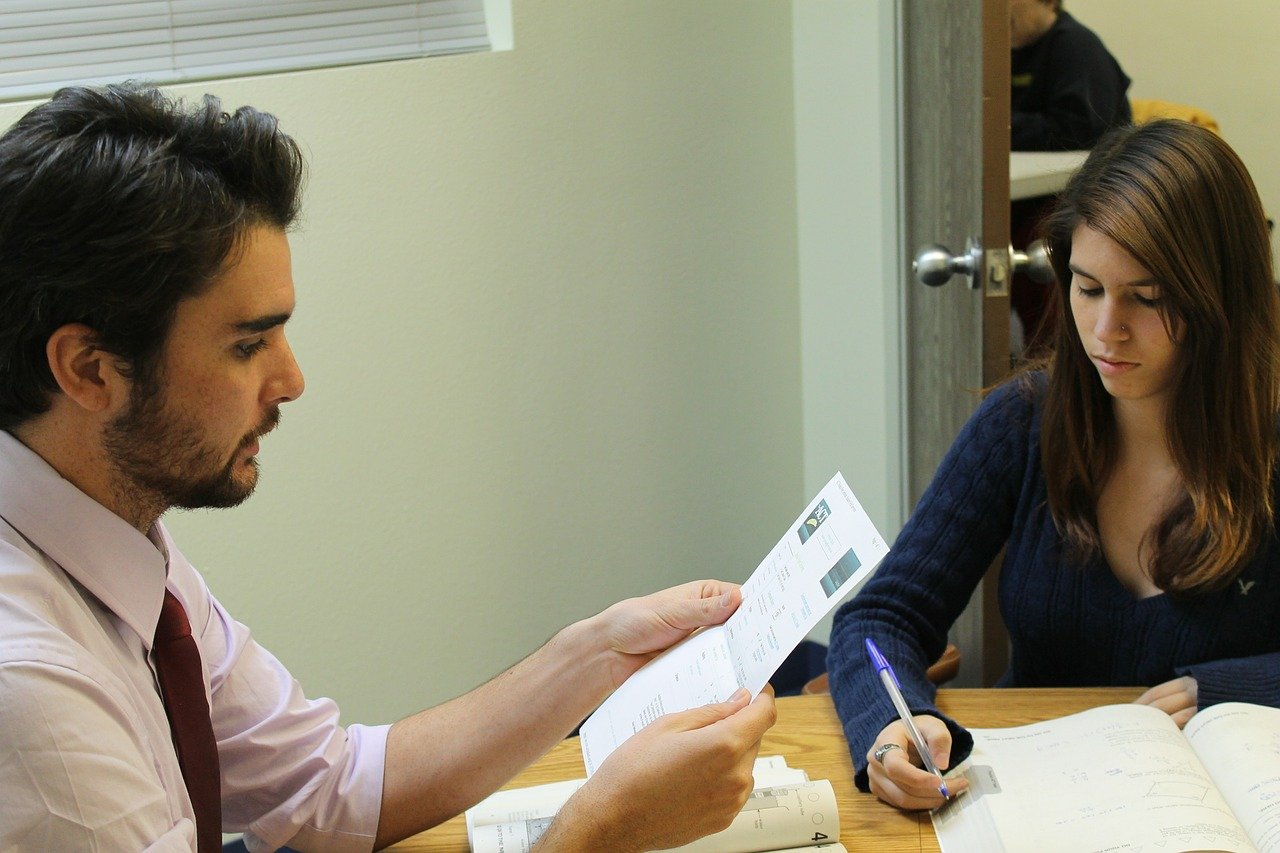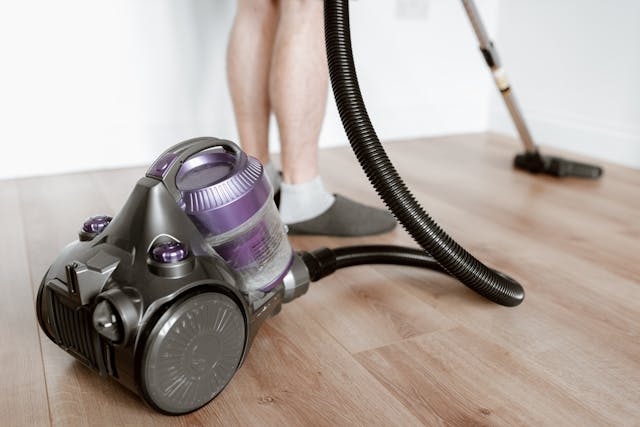CPR is a skill that saves lives. While the common belief is that CPR is a complex skill meant for health professionals, anyone can learn CPR and save lives. Today, learning CPR is very easy. You can earn online CPR certification or can enroll in an in-person CPR course. However, the traditional in-person certification also has its own merits. Keep reading to know how to choose the best way for you.
What is CPR Certification?
CPR or Cardiopulmonary Resuscitation is a way to help when someone’s heart stops beating. CPR certification teaches you how to do CPR correctly. CPR is important because it can keep a person alive until advanced medical help arrives. It pumps blood to the brain and other vital organs. This can prevent brain damage and death. Learning CPR means you could save a life someday.
What is Online CPR Certification?
Online CPR lets you learn at home. You use a computer or phone to take the course. Here’s more about online CPR training:
Advantages:
- Learn when you want:
You can take the course any time. If you work odd hours or have a busy schedule, this is very helpful. - Often costs less:
Online courses are usually cheaper than in-person classes. This is because they don’t need a classroom or physical materials. - Easy to review lessons:
You can go back and watch videos or read materials as many times as you need. This helps if you didn’t understand something the first time. - No travel needed:
You don’t have to go anywhere for class. You can save a lot of both time and money when you can learn from home.
Disadvantages
- No hands-on practice with a teacher:
You can’t practice on a dummy with a teacher watching. This means you might not get the movements exactly right. - May not work for all jobs:
Some jobs require in-person training. Make sure online certification works for your needs. - Needs good internet:
If your internet is slow or cuts out, it can be hard to take the course. - It can be hard to focus at home:
There might be distractions at home that make it hard to focus on the course.
What Is In-Person CPR Certification?
In-person CPR happens in a classroom. A teacher shows you what to do and watches you practice. Here’s more about in-person training:
Advantages
- Hands-on practice:
You get to practice CPR on a dummy. The teacher can correct you if you’re doing something wrong. - Easy to ask questions:
If you don’t understand something, you can ask the teacher right away. - Learn with others:
You can practice with classmates. This helps in creating social ties while making the whole experience memorable. - Works for all jobs:
In-person certification is accepted everywhere.
Disadvantages
- Set times to go:
You have to go to class at specific times. It might be in conflict with your work or personal schedules. - Often costs more:
In-person classes usually cost more than online courses. - Need to travel:
You have to go to the classroom. This takes time and might cost money for travel. - May not fit your schedule:
If you work odd hours or have a busy life, it might be hard to find a class time that works for you.
Which One Should You Choose?
Your choice depends on a few things. Think about these points:
- Your Job:
Some jobs need in-person training. Check what your work requires before you choose. - How You Learn:
Do you learn better by watching or by doing? This can help you pick the right type of course. - Your Time:
If you’re very busy, online might be better. If you have more free time, in-person could work well. - Your Money:
Online is often cheaper. But in-person might be worth the extra cost for hands-on practice. - Your Goals:
If you just want to know CPR for personal reasons, online might be enough. If you need it for work, in-person could be better.
What Are The Main Factors to Consider When Choosing Between Online and In-Person Training?
Other than the basic advantages and disadvantages, you must consider a few other things too. Let’s look closer at how these two types of training compare:
- When You Can Learn
Online: You can learn at any time. This is great if you have a busy or changing schedule.
In-Person: Classes happen at set times. Your schedule may or may not accommodate the classes especially if you are a busy professional. - Hands-On Practice
Online: You have limited hands-on practice. You might practice on a pillow at home.
In-Person: You get lots of practice on special dummies. The teacher can guide you. - Getting Help
Online: You can get help through quizzes or videos. Some courses offer email support.
In-Person: The teacher is right there to help you. You can ask questions any time. - Cost
Online: These courses usually cost less. Prices often range from $20 to $50.
In-Person: These classes often cost more. They might be $50 to $100 or more. - How Long It Takes
Online: You can often finish faster. Many courses take 2-4 hours.
In-Person: Classes usually take a set amount of time, often 3-5 hours. - Learning With Others
Online: You learn alone. This can be good if you like to focus on yourself.
In-Person: You learn in a group. This can be fun and you might learn from others’ questions. - Where Is It Accepted
Online: Some places might not accept online certification. Check before you choose.
In-Person: These certificates are accepted everywhere.
What Are Some Tips for Doing Well?
No matter which type of course you choose, here are some tips to help you do well:
- Pay attention: Focus on the lessons. Try to avoid distractions.
- Take notes: Write down key points.
- Practice: Even if you’re learning online, practice the CPR moves.
- Ask questions: If you have any doubts or questions, make it a point to clarify them as soon as possible.
- Review often: Go over what you’ve learned regularly.
Conclusion
Both online and in-person CPR courses are great options. Online CPR certification is flexible and often cheaper. In-person gives you hands-on practice and direct feedback. Your choice depends on your needs, job, and how you learn best. Consider your schedule, budget, and learning style. Then make your choice and get certified.







